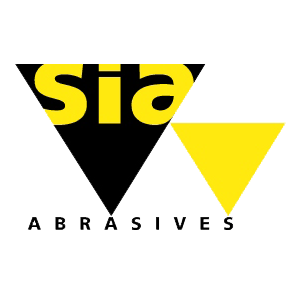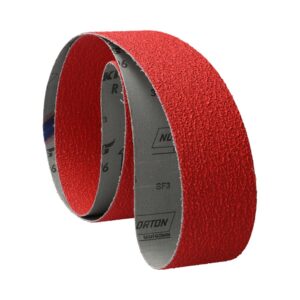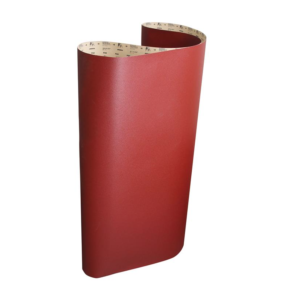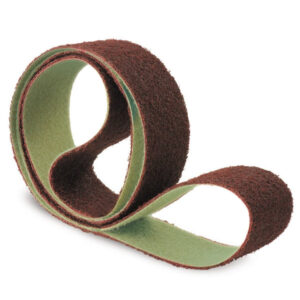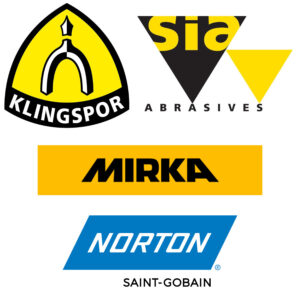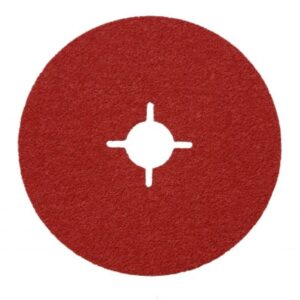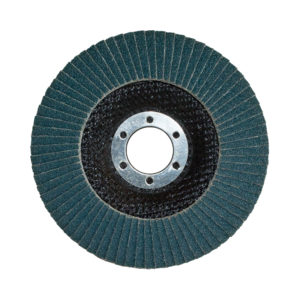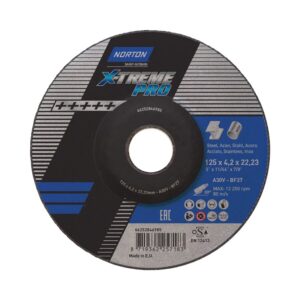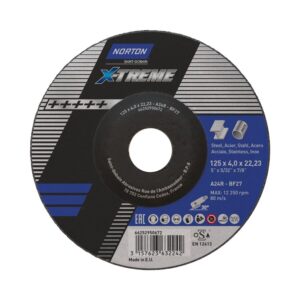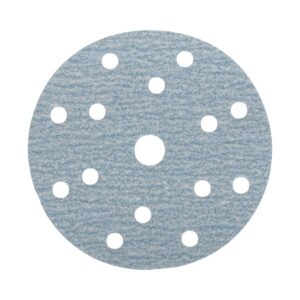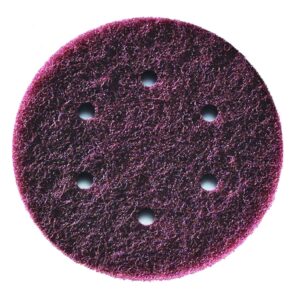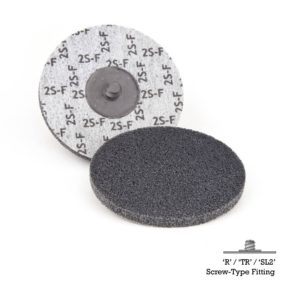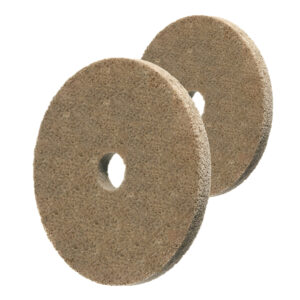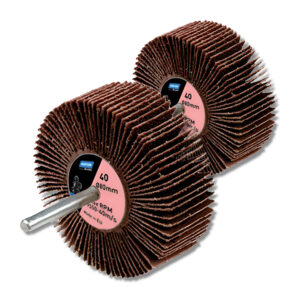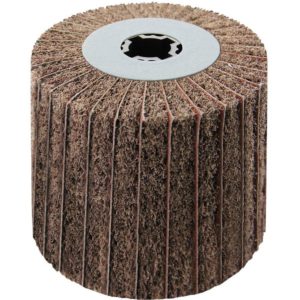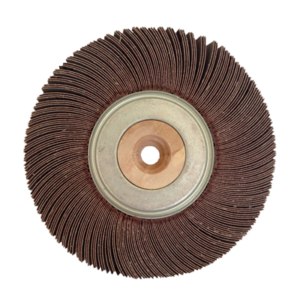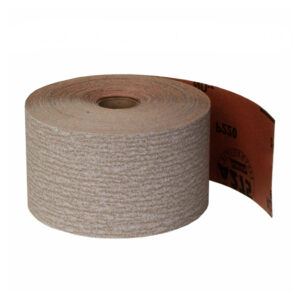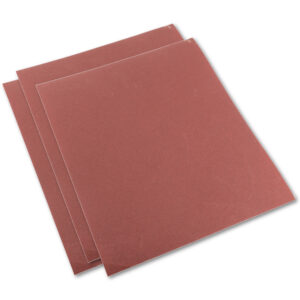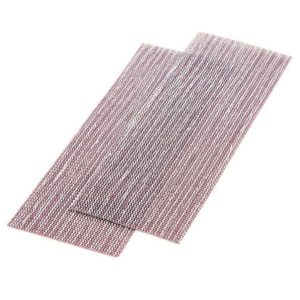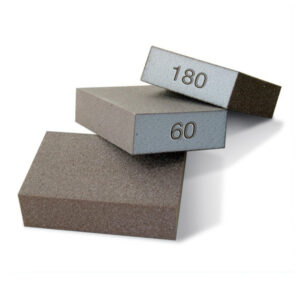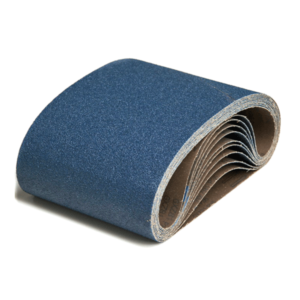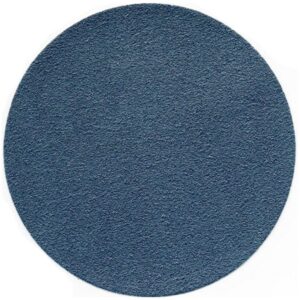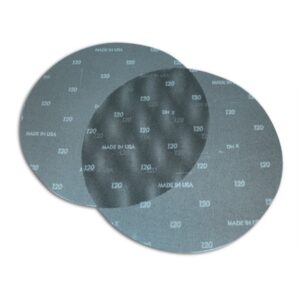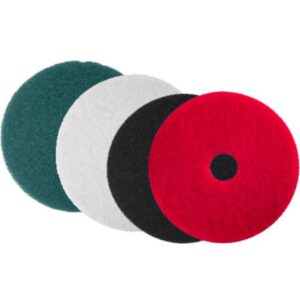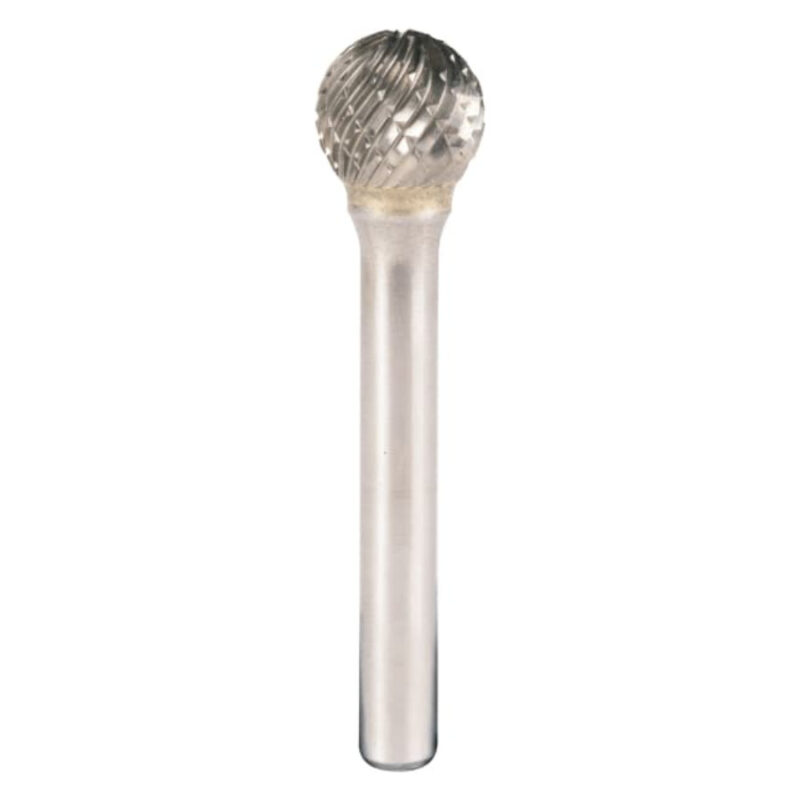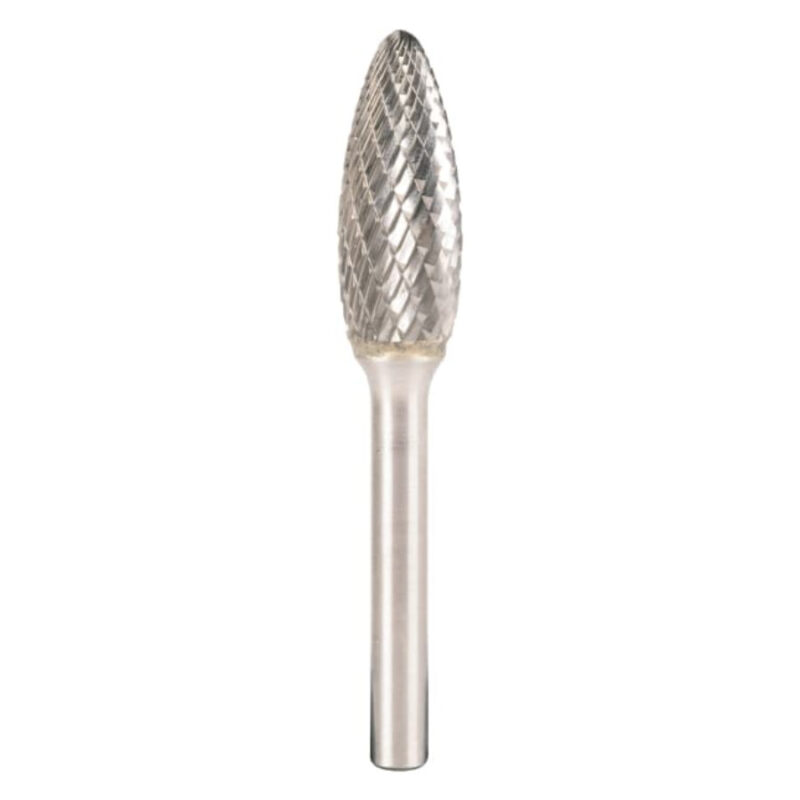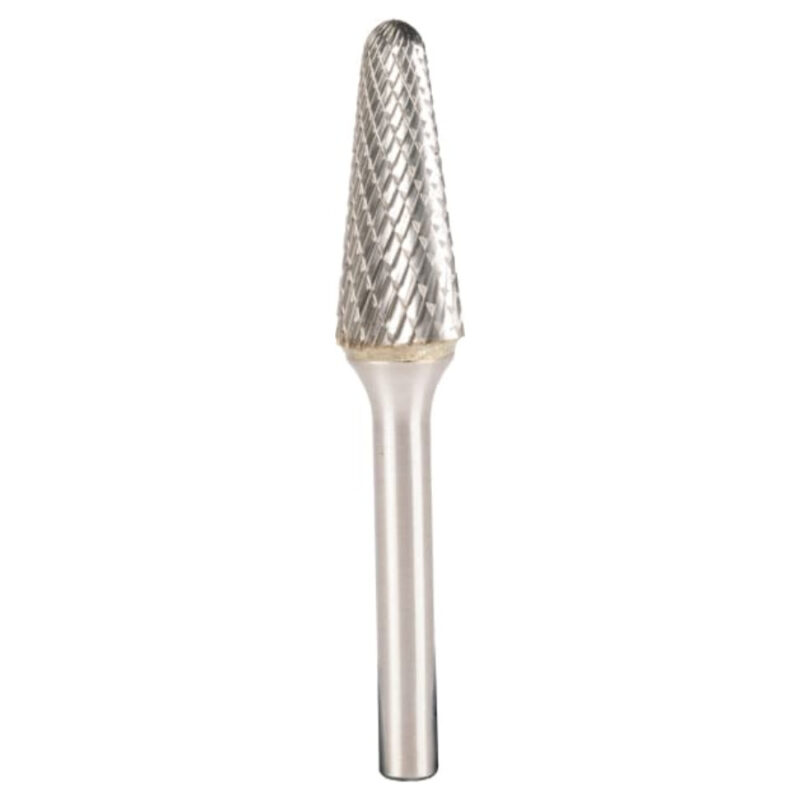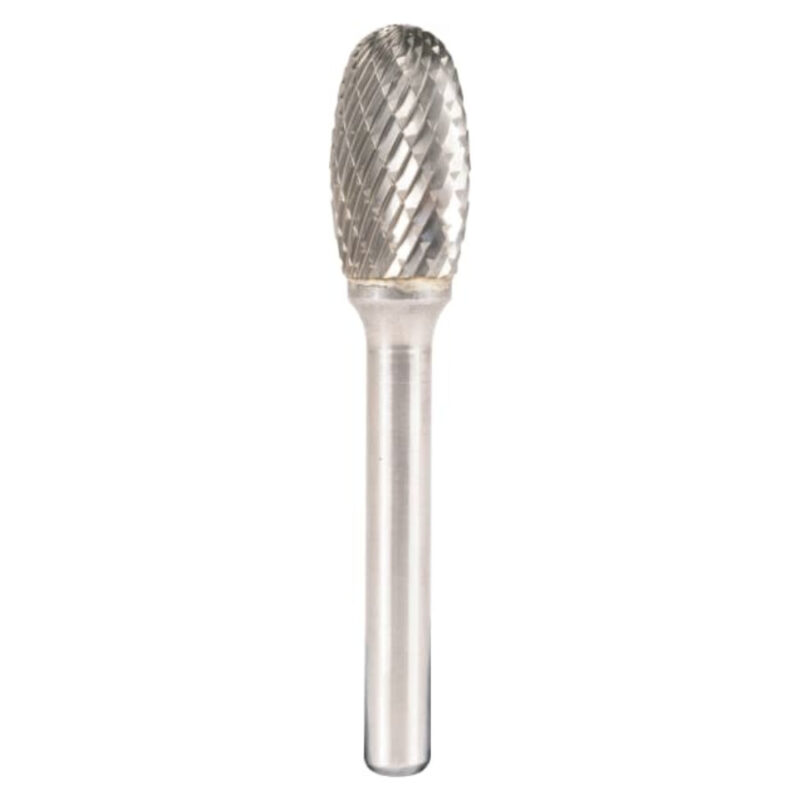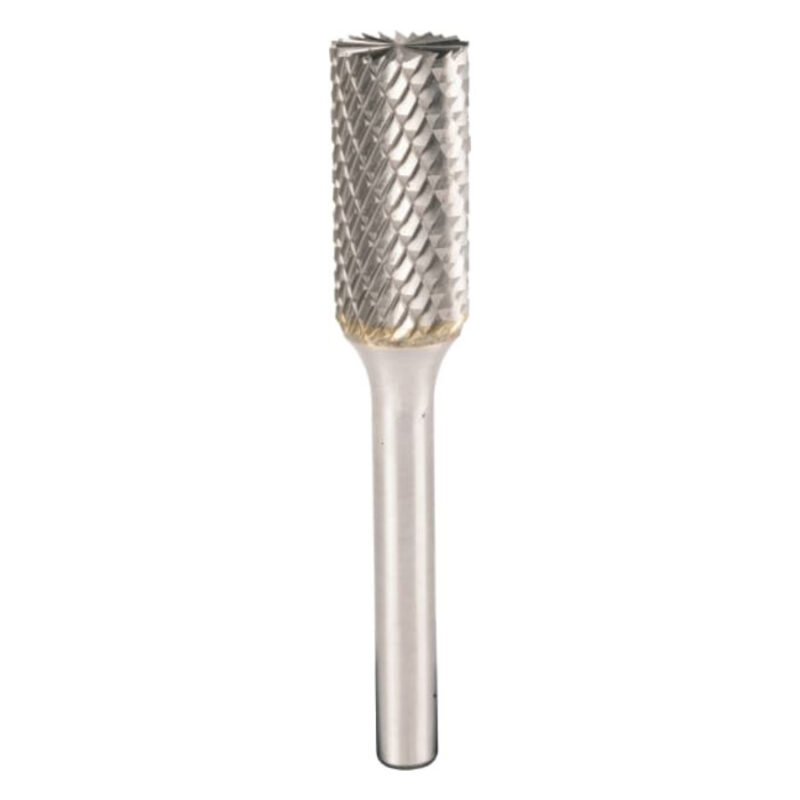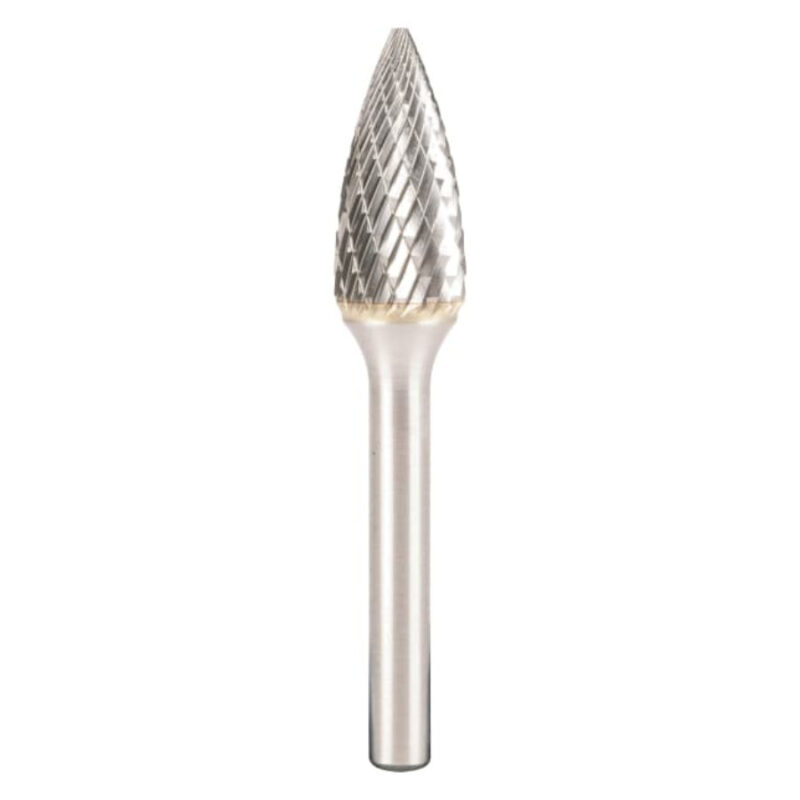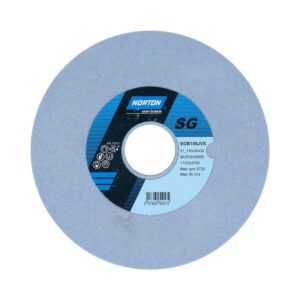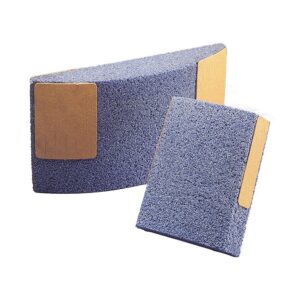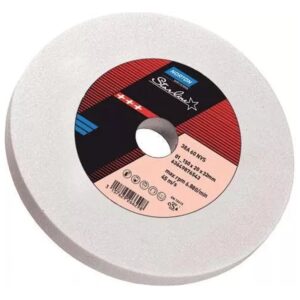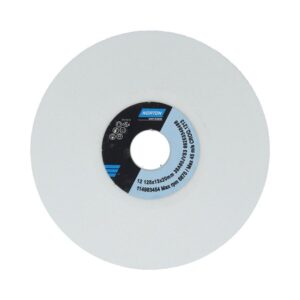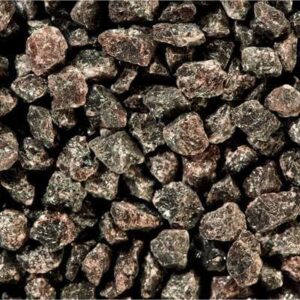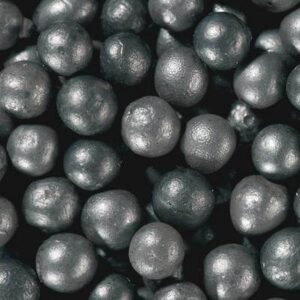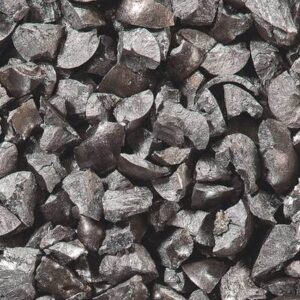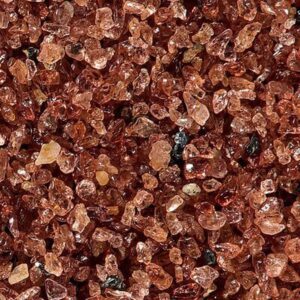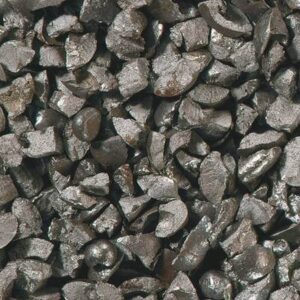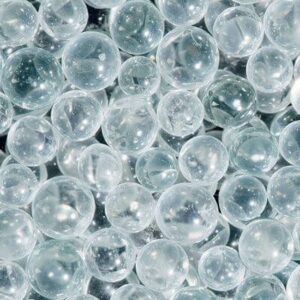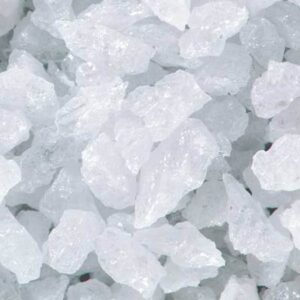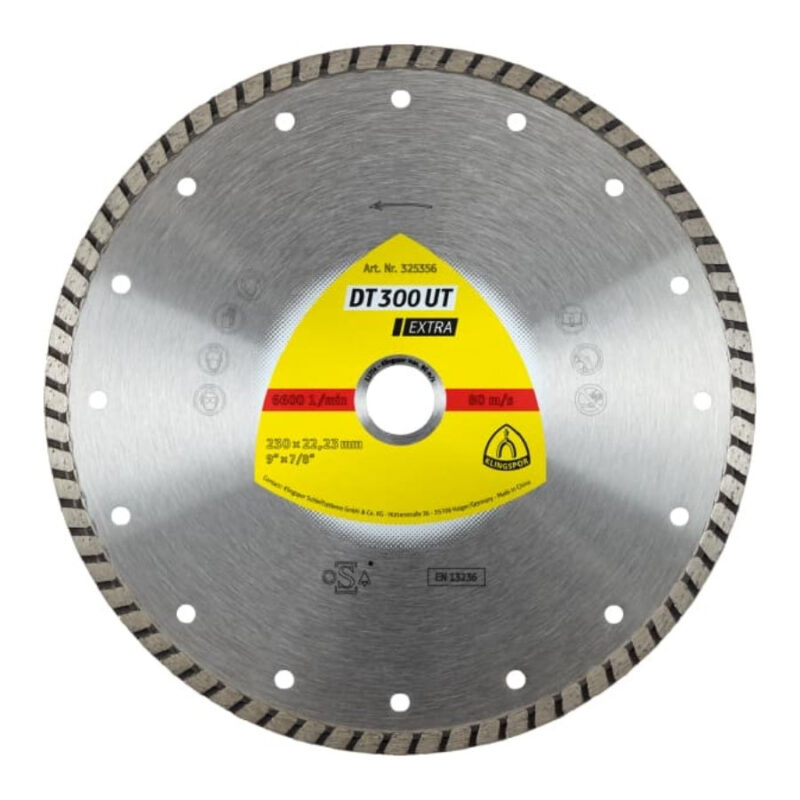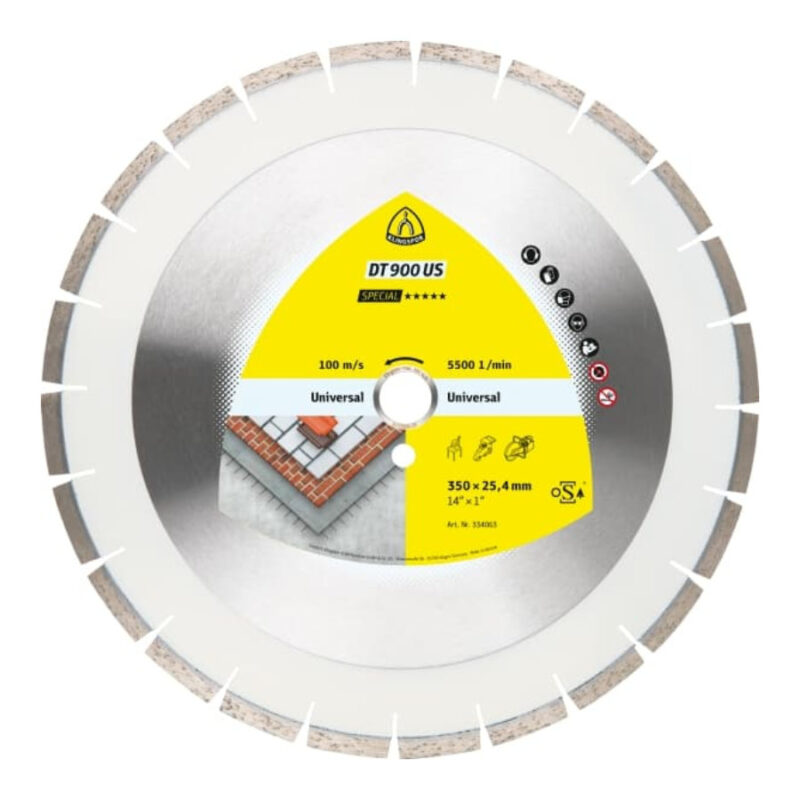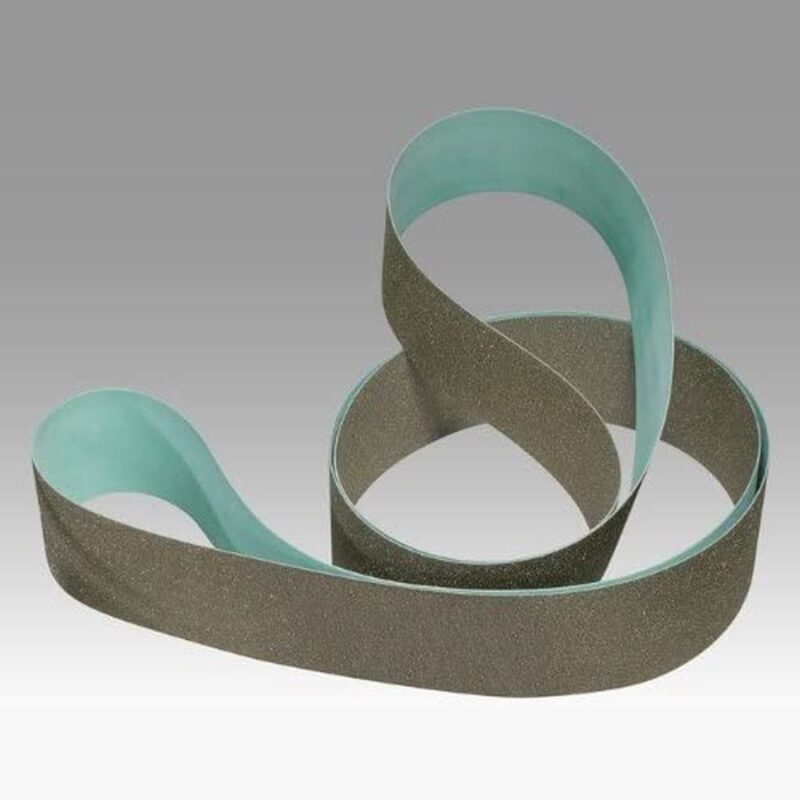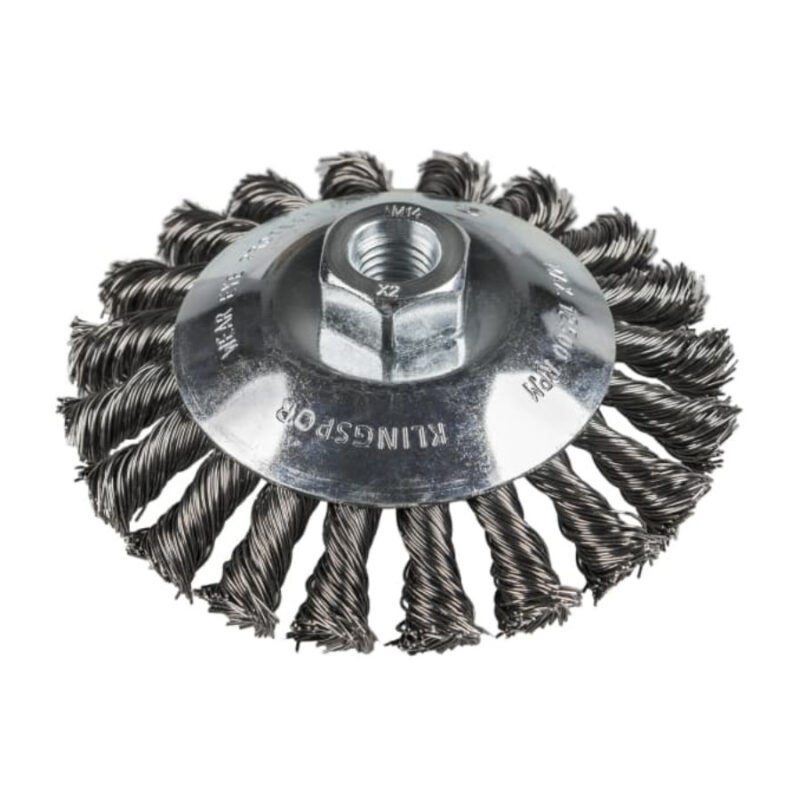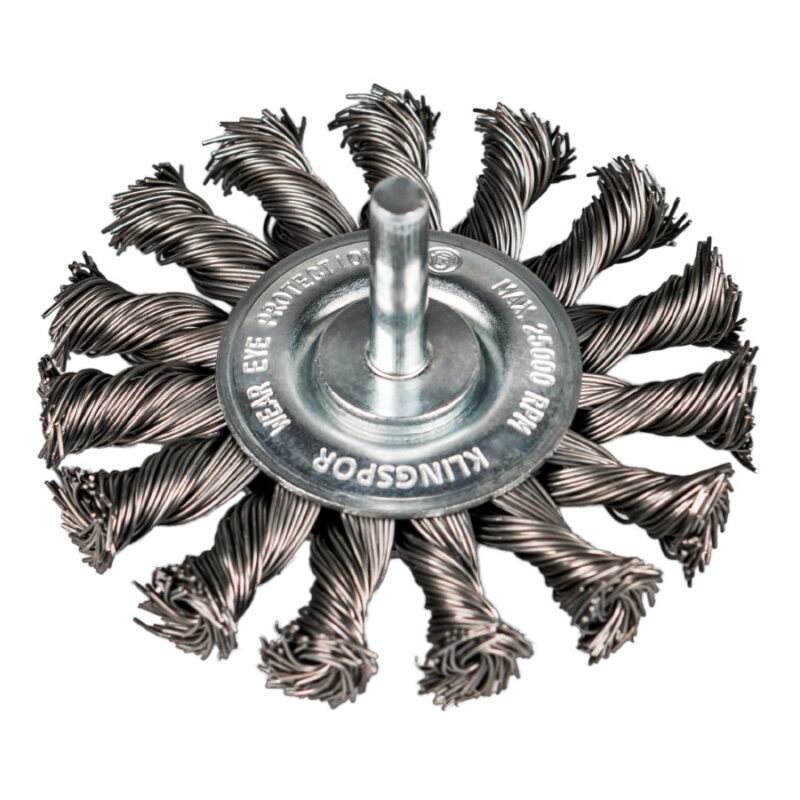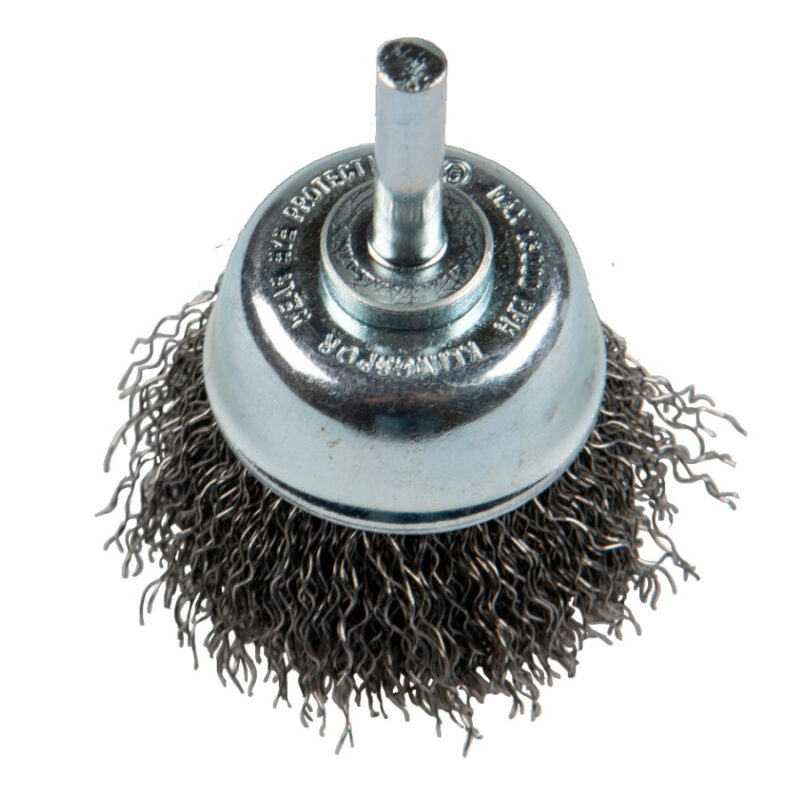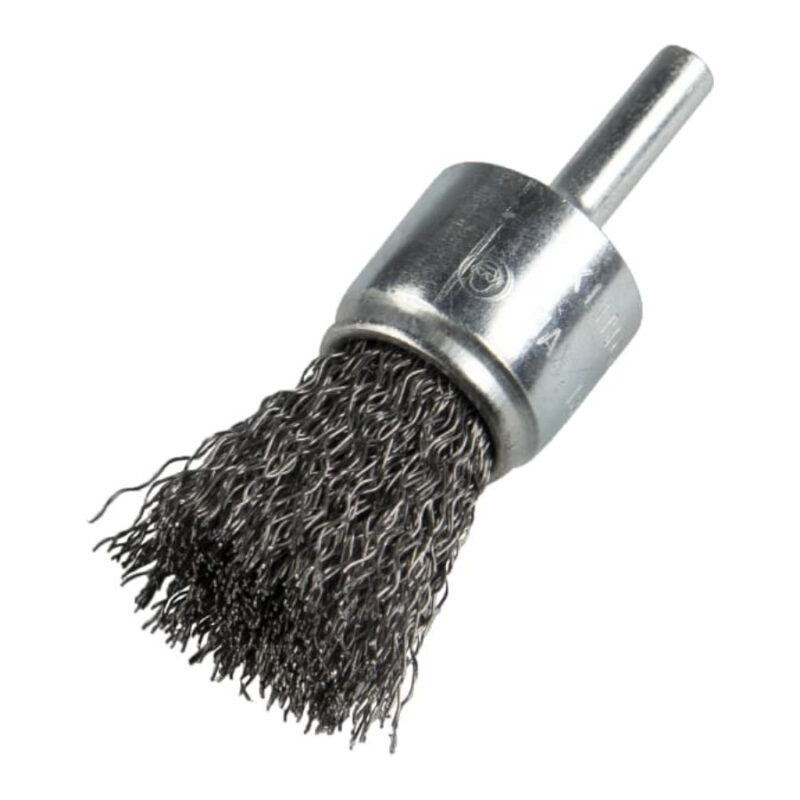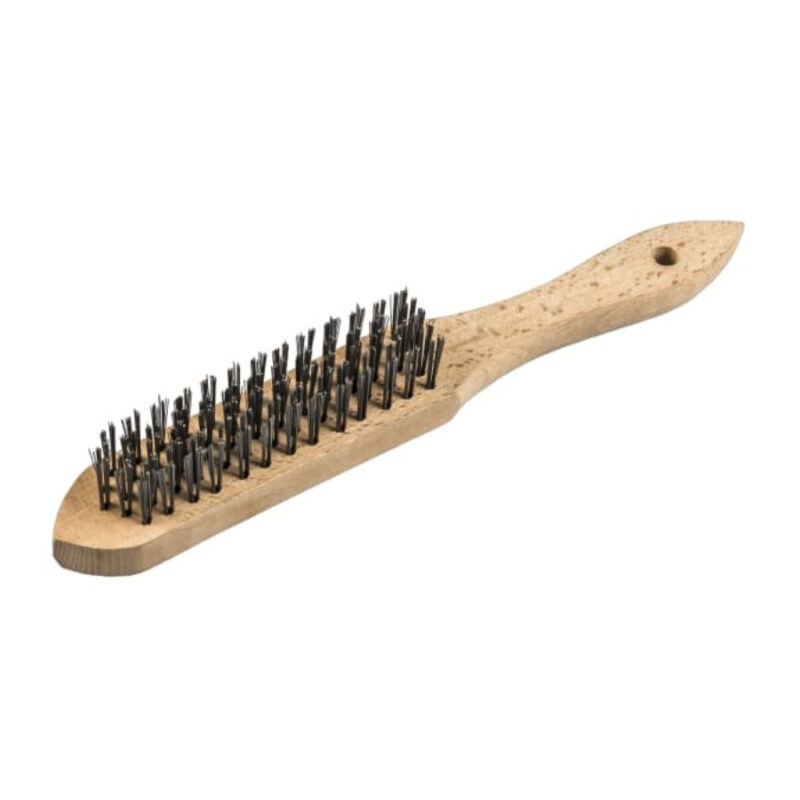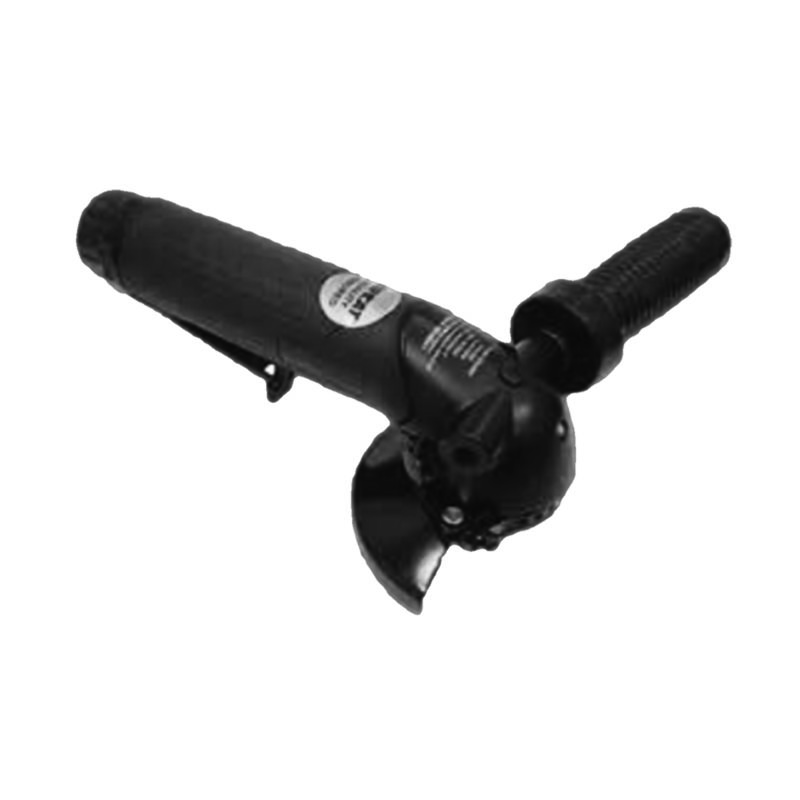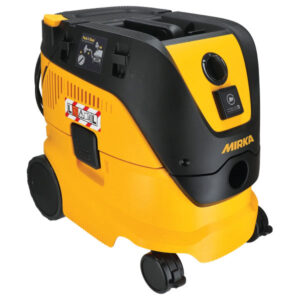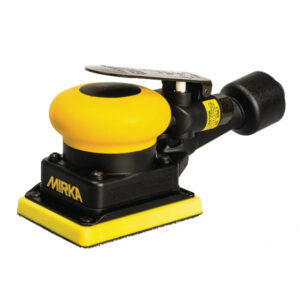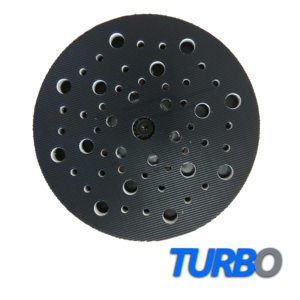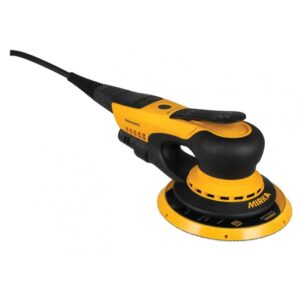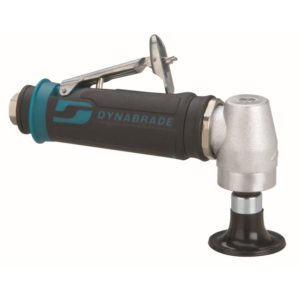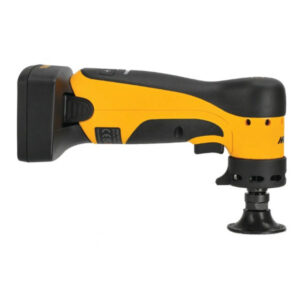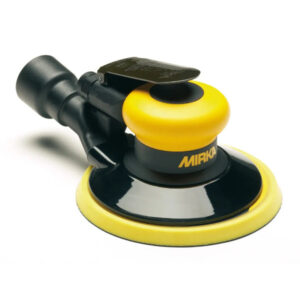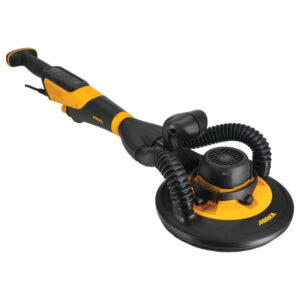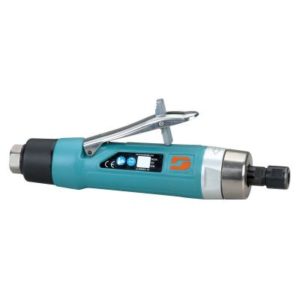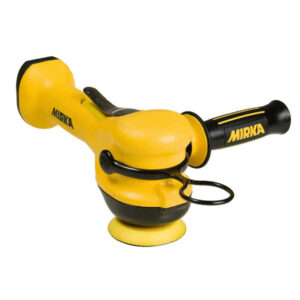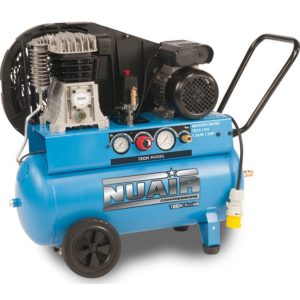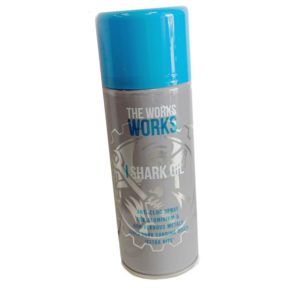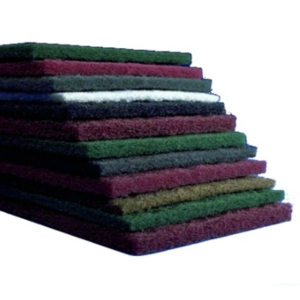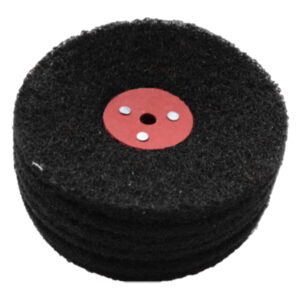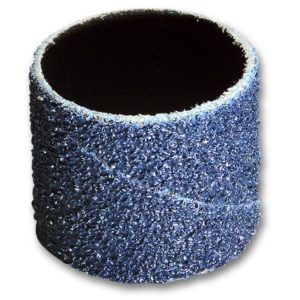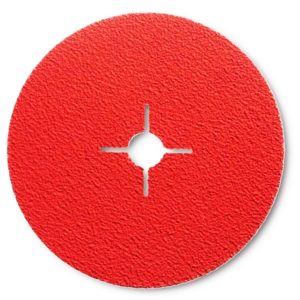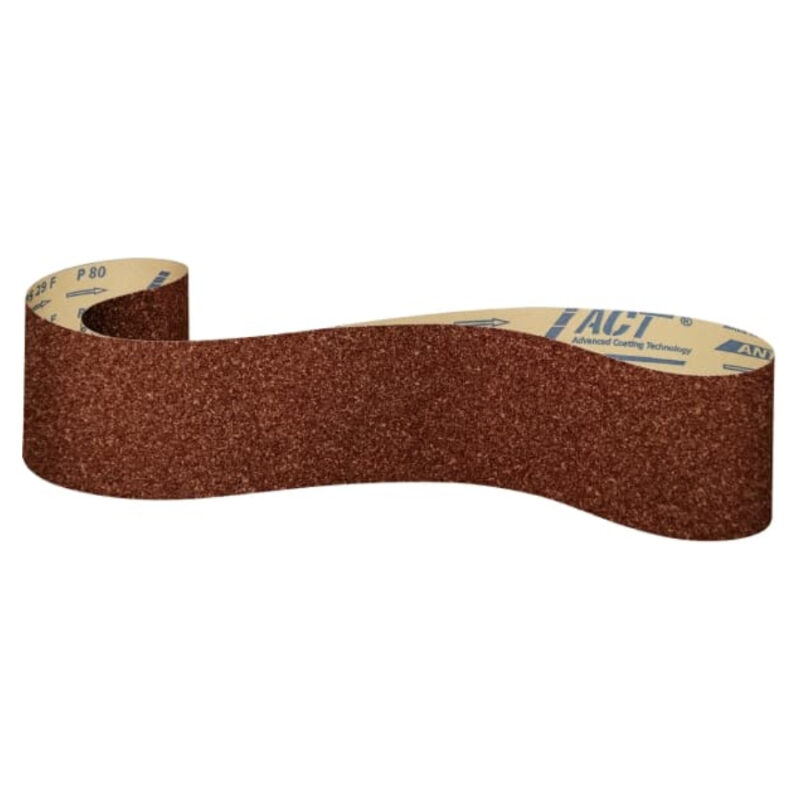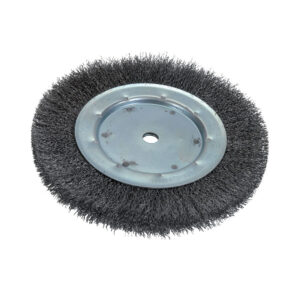When To Use Fibre Discs vs. Flap Discs
When it comes to grinding and sanding, there are a variety of abrasive discs available, each with their own unique properties and uses. Two popular types of discs are fibre discs and flap discs. While they may look similar, they have some key differences that make them better suited for certain applications.
Fibre discs are made from a strong, reinforced fibre backing and coated with abrasive grains. They are commonly used for heavy-duty grinding and stock removal on materials such as steel, stainless steel, and other metals. Fibre discs come in a range of grit sizes, making them versatile for both coarse and fine grinding applications. They are also durable and long-lasting, making them a popular choice for professionals who need to complete large grinding projects.
Flap discs, on the other hand, are made from overlapping layers of coated abrasive flaps that are arranged around a central hub. They are designed to be used on a variety of materials, including metal, wood, and plastic. Flap discs are flexible, allowing them to conform to the shape of the material being ground. This makes them ideal for contour grinding and finishing applications. Flap discs also have a long lifespan, making them cost-effective for those who need to complete multiple grinding and finishing projects.
So, when should you use a fibre disc as opposed to a flap disc for grinding? Here are some factors to consider:
Material Being Worked On
Fibre discs are typically used for heavy-duty grinding and stock removal on metals, while flap discs are more versatile and can be used on a variety of materials, including metal, wood, and plastic. If you are working exclusively with metals, a fibre disc may be a better choice for you. However, if you are working on a variety of materials, a flap disc may be more versatile.
Grinding Application
Fibre discs are designed for aggressive grinding and stock removal, while flap discs are more suited for finishing and contour grinding. If you need to remove a lot of material quickly, a fibre disc may be the better choice. If you need to finish the surface of the material, a flap disc may be a better option.
Grit Size
Both fibre discs and flap discs come in a range of grit sizes. Fibre discs typically have larger grit sizes and are used for coarse grinding and stock removal. Flap discs typically have smaller grit sizes and are used for finer finishing work. Consider the level of finish you are trying to achieve and select the appropriate grit size for your needs.
Equipment Being Used
Fibre discs and flap discs are compatible with different types of grinding machines. Fibre discs are commonly used with angle grinders, while flap discs can be used with angle grinders, bench grinders, and other grinding machines. Make sure you select the appropriate disc for your machine.
Overall, both fibre discs and flap discs are useful abrasive discs for grinding and finishing applications. Fibre discs are best suited for heavy-duty grinding and stock removal on metals, while flap discs are more versatile and can be used on a variety of materials for contour grinding and finishing. Consider the material being worked on, the grinding application, grit size, and equipment being used when selecting the appropriate abrasive disc for your needs. By selecting the right disc, you can achieve professional-quality results in your grinding and finishing projects.






